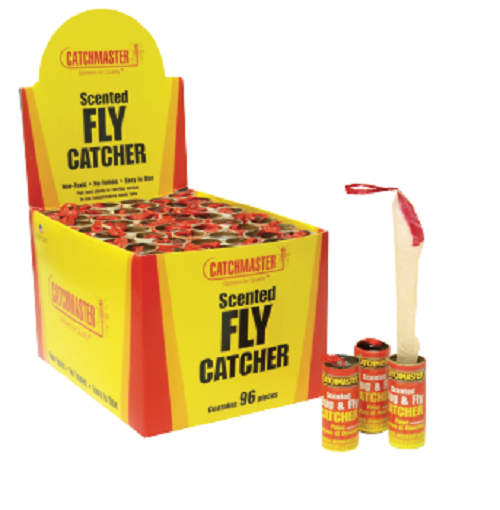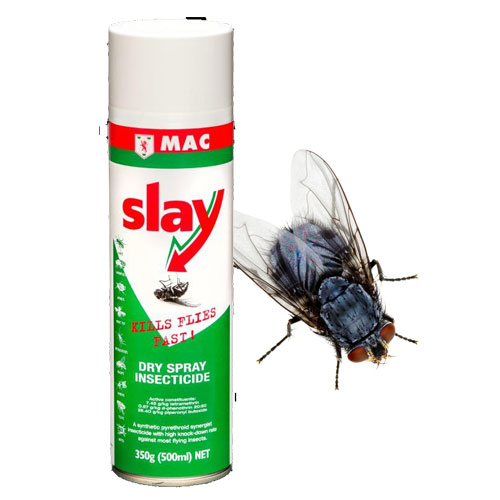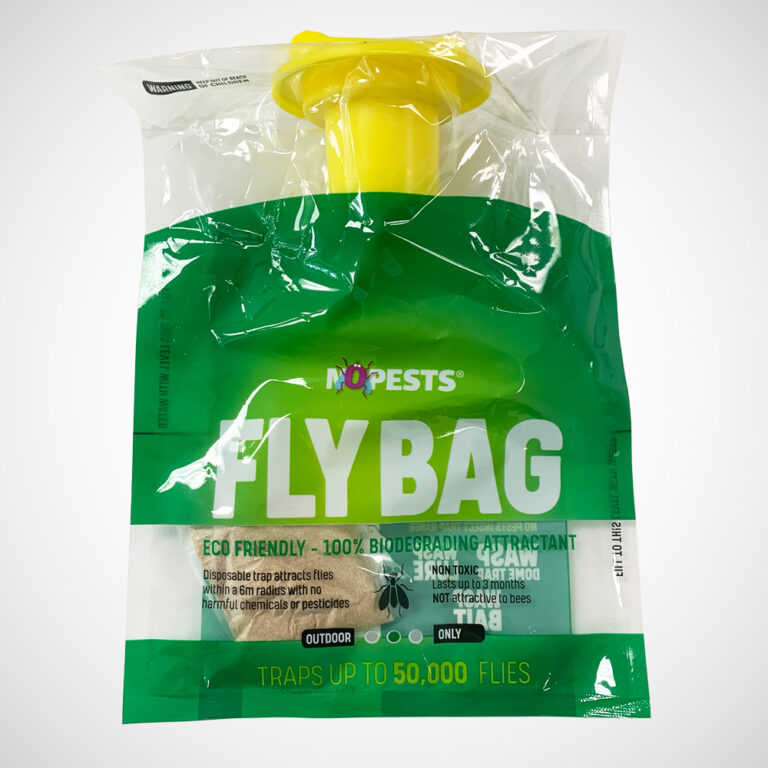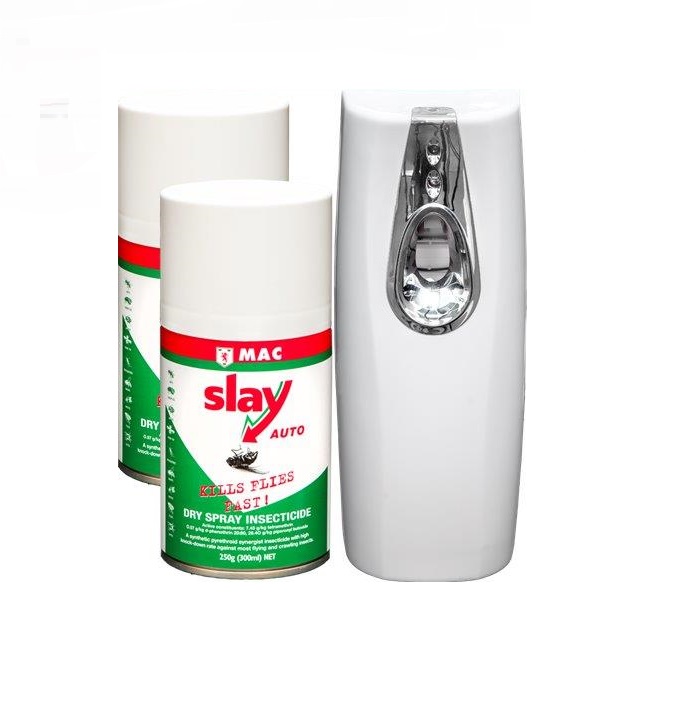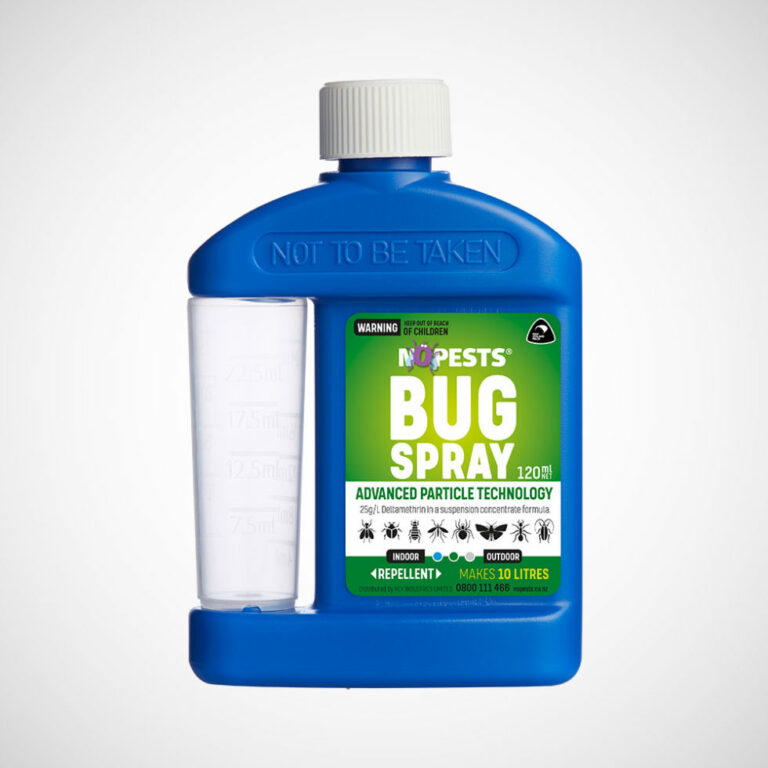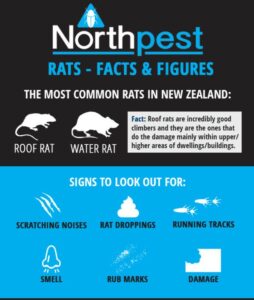Get rid of flies around your home with a professional fly treatment.
Flies are known to spread a lot of potentially dangerous and deadly diseases. The “fly poo” that you see on your ceiling, door frames, etc. is actually a mark that flies leave by regurgitating saliva as they break down their food. When a fly does this on a potential food source, they are transferring an acidic saliva onto the food to break it down and then suck it back up, effectively possibly transferring salmonella and gastric infections onto what you are about to eat.
The most nuisance flies are the common house fly and blow flies, where often housekeeping and advising of harbourage areas from the technician can be of great help, coupled with a spray treatment.
Identifying the main problem species
- Common House Fly
- Blow Flies
- Lesser House Fly – a little fly that flies in circles around a room without landing – these are difficult to control as they very rarely land on treated surfaces and are best dealt with a burst of fly spray or by installing an aerosol dispenser.
What attracts them?
Pet faeces, chook droppings, composts, grass clipping, rubbish bins, food scraps, pet food, cooking aromas, dirty nappies, unwashed clothing.
What you can do to limit the problem
- Pick up pet faeces daily.
- Locate chicken pens and compost heaps as far away from the house as possible.
- Have lids for rubbish bins and composts.
- If possible trim bamboo, hedges and shrubs so there is flowing air movement through them. Flies don’t like air movement.
- For this reason, fans inside also help to keep the fly population down inside.
- Insect screens on doors and windows as these are a good for areas such as where cooking aromas are attracting the flies!
- Empty your kitchen rubbish bin into a larger outdoor bin regularly.
- Freeze food scraps and put out only on your rubbish collection day – this will also eliminate/reduce the risk of maggots appearing in your rubbish area.
What we can do to help you
We recommend fly treatments to all interior areas and front and rear porches, plus any other potential problem areas observed by the technician at the time of treatment. In some cases a second treatment may need to be applied in around three months as a means of control through the summer months.
NOTE: Each year flies continue to develop a resistance to the products we use when carrying out our usual fly treatments, so we now have to incorporate a fly bait with our treatments in order for them to be effective. The use of the fly bait is very effective, but it only lasts for four weeks, so we are offering to leave some of this in a 500ml spray bottle for you to continue to re-apply at monthly intervals if you would like. This is an additional $50 on top of the treatment. If fly control is an important aspect of the treatment I would recommend this. If you are otherwise happy to just have a level of control with no guarantees that flies will die in a timely fashion, then there would be no need for you to have this.
DIY Fly Control Products
